CASE : 1
Cancerous skin ulcers associated
with breast cancer
CASE : 1 Cancerous skin ulcers associated with breast cancer
What is cancerous skin ulcer?
The onset of cancerous skin ulcers is reported in approximately 4% of breast cancer patients (2005 Japan Breast Cancer Society) and, as the annual number of patients with breast cancer in Japan is said to be a little less than 100,000 (2019 national cancer registry data), the onset of this disease in approximately 4,000 patients is expected each year. In addition to physical affliction caused by pain and bleeding in the affected area, this disease causes severe mental distress to patients due to a strong odor and changes in breast shape.
Cancerous skin ulcers associated with breast cancer
Incidence of cancerous skin ulcers
associated with breast cancer
4,000people/year
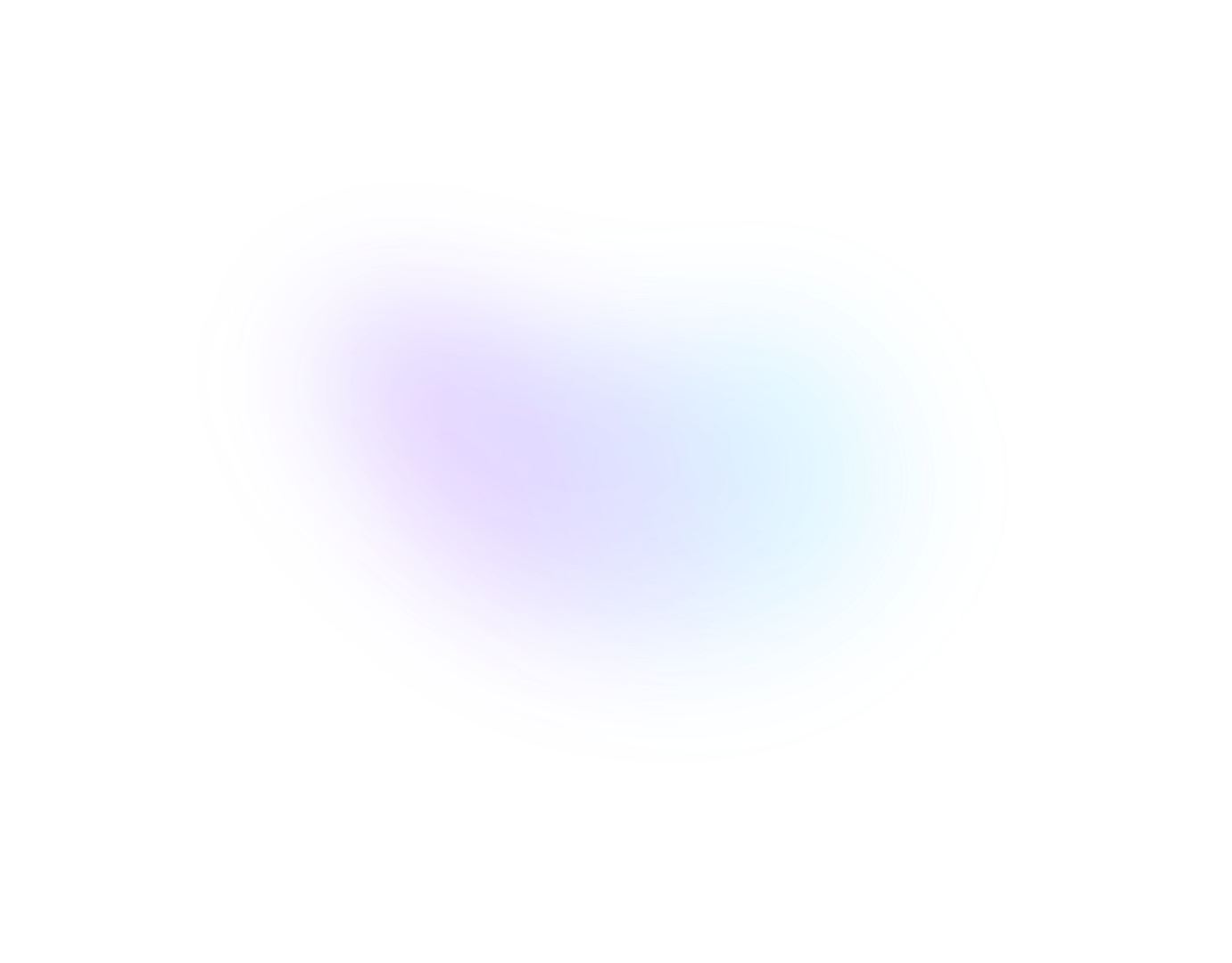
Details of development
Our company’s greatest strength is its technology for manipulating the therapeutic properties of mesenchymal stem cells (MSC) according to culture conditions. Historically, MSC has been thought to exacerbate cancer through their immunosuppressive and angiogenic effects. However, at our company, we were able to confirm that MSC inhibits the proliferation of human breast cancer cells in vitro and in a tumor-bearing mouse model with good reproducibility by modifying the culture conditions.
Furthermore, there are research data showing that our company’s MSC clearly promotes the healing of refractory skin ulcers in a mouse model of skin ulcers induced by bleomycin administration. To provide a new treatment for cancerous skin ulcers in breast cancer patients, we aim to develop our MSC as an orphan drug.
Preclinical study-1
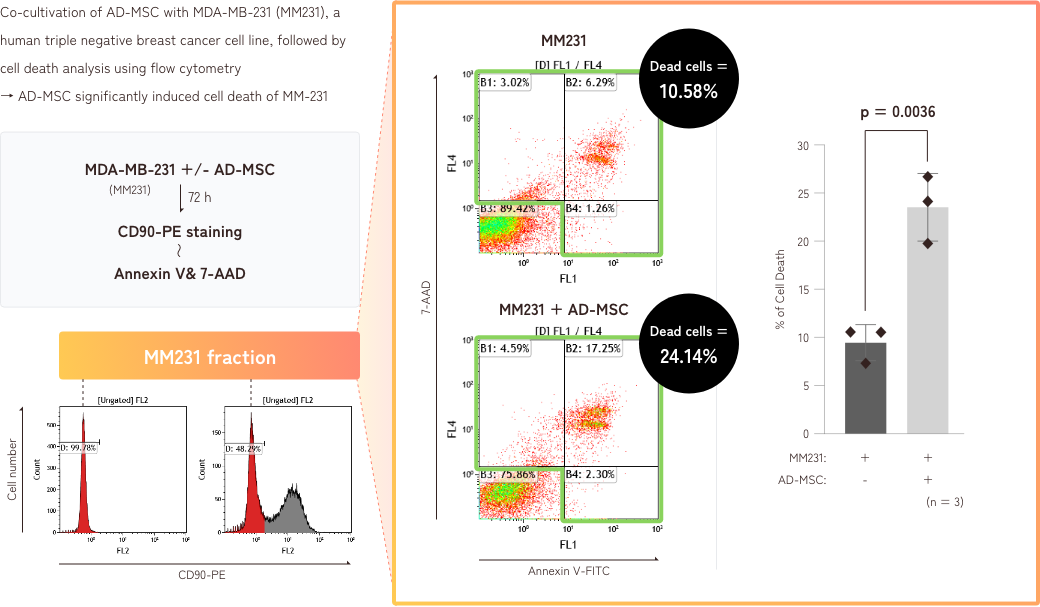
AD-MSC induces an apoptosis to the triple negative human breast cancer cell, MDA-MB-231, under the condition of co-cultivation.
Preclinical study-2
Development of AOF medium generating MSC with “anti-tumor” effect
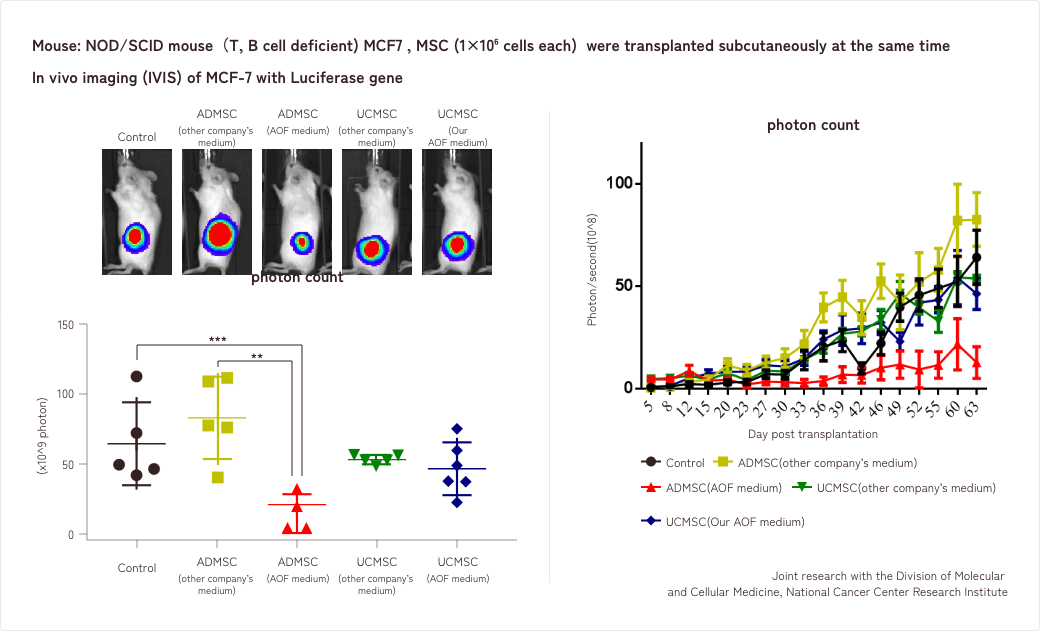
Preclinical study-3

AD-MSC accelerates the wound healing in the bleomycin-induced refractory skin ulcer model mouse (ulcer status at Day 10).
CASE : 2 Sepsis
CASE : 2 Sepsis
What is sepsis?
Sepsis is a disease that affects approximately 50 million individuals worldwide each year and is associated with a very high mortality rate, reportedly accounting for 20% of deaths worldwide. The disease is mainly caused by pathogen-associated molecular patterns (PAMPs) caused by infection with bacteria or viruses, or by damage-associated molecular patterns (DAMPs) released from the injured site caused by injuries or burns, resulting in systemic inflammatory response syndrome (SIRS) caused by an uncontrolled and excessive release of inflammatory cytokines.
Sepsis
Sepsis causes of global deaths
20%


Details of development
MSC is known to modulate an abnormally elevated immune system and, in recent years, basic and clinical studies have also advanced to investigate their effects on the cytokine storm caused by a coronavirus infection. Many basic research studies to treat sepsis with MSC has been conducted worldwide to date. Of these, a meta-analysis of the effects of MSC on 1,266 laboratory animals in 29 articles reported that MSC decreased the mortality from sepsis to a statistically significant level (P<0.001) (Sun et al. Stem Cell Research & Therapy 2020; 11:214-223).
In a joint study conducted by our company and Chiba University, there is data showing that our MSC significantly reduced the mortality in a mouse model of sepsis induced by cecal ligation and puncture (CLP model). Since nonclinical safety data on our MSC has already been obtained and pharmacology data to prove the therapeutic effect have been accrued, we will proceed with the conduct of clinical studies in patients with sepsis.
Suppression of
T cell proliferation by AD-MSC
PHA-P treatment enhances the proliferation of CD3+ T cell (EdU+ population) in PBMC (Peripheral Blood Mononuclear Cell). AD-MSC cultured with our AOF medium suppresses the proliferation of CD3+ T cell induced by PHA-P more efficiently than that cultured with serum-based medium
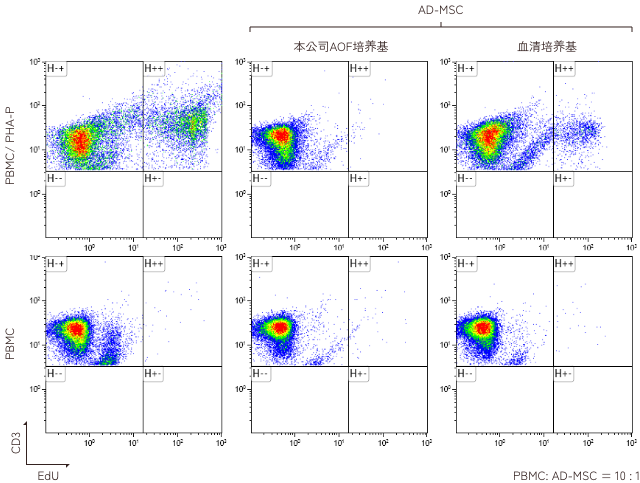
Suppression of inflammatory
cytokines production
Treatment of CM derived from AD- or UC-MSC suppresses the expression of inflammatory cytokines (IL-1β and IL-9) and enhances anti-inflammatory cytokines (IL-15 and GM-CSF) in Raw264.7 cells (derived from murine macrophage) treated with LPS
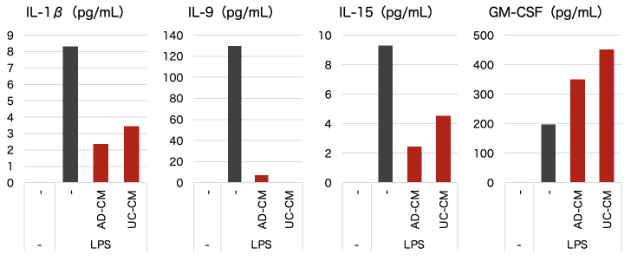
Since the number of patients with cancerous skin ulcers associated with breast cancer is low and there are no other effective treatments, we will develop this as an orphan pharmaceutical product to promptly deliver a new treatment to patients. For sepsis, on the other hand, we will advance clinical development to help treat many patients, with the aim of providing a new treatment option for sepsis.
